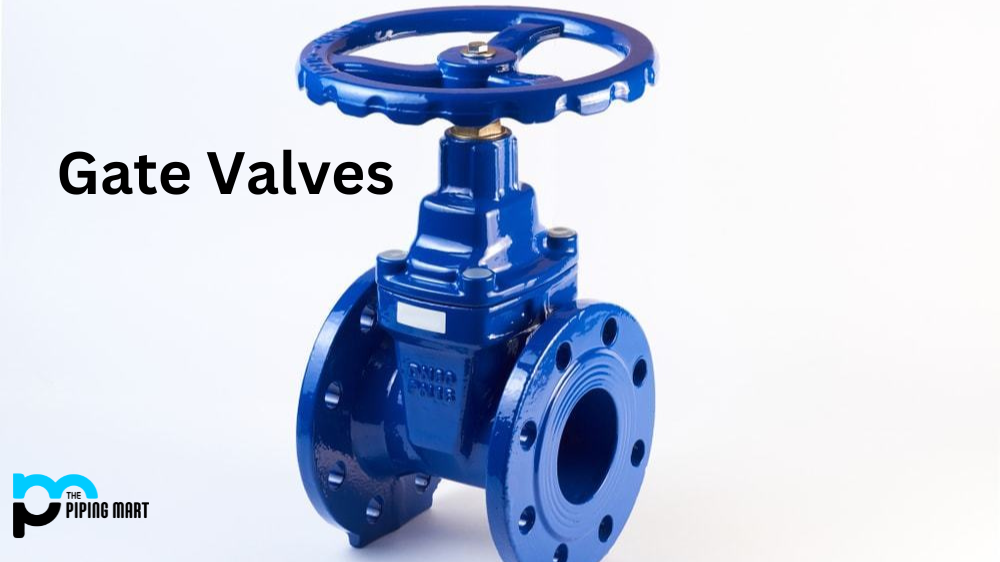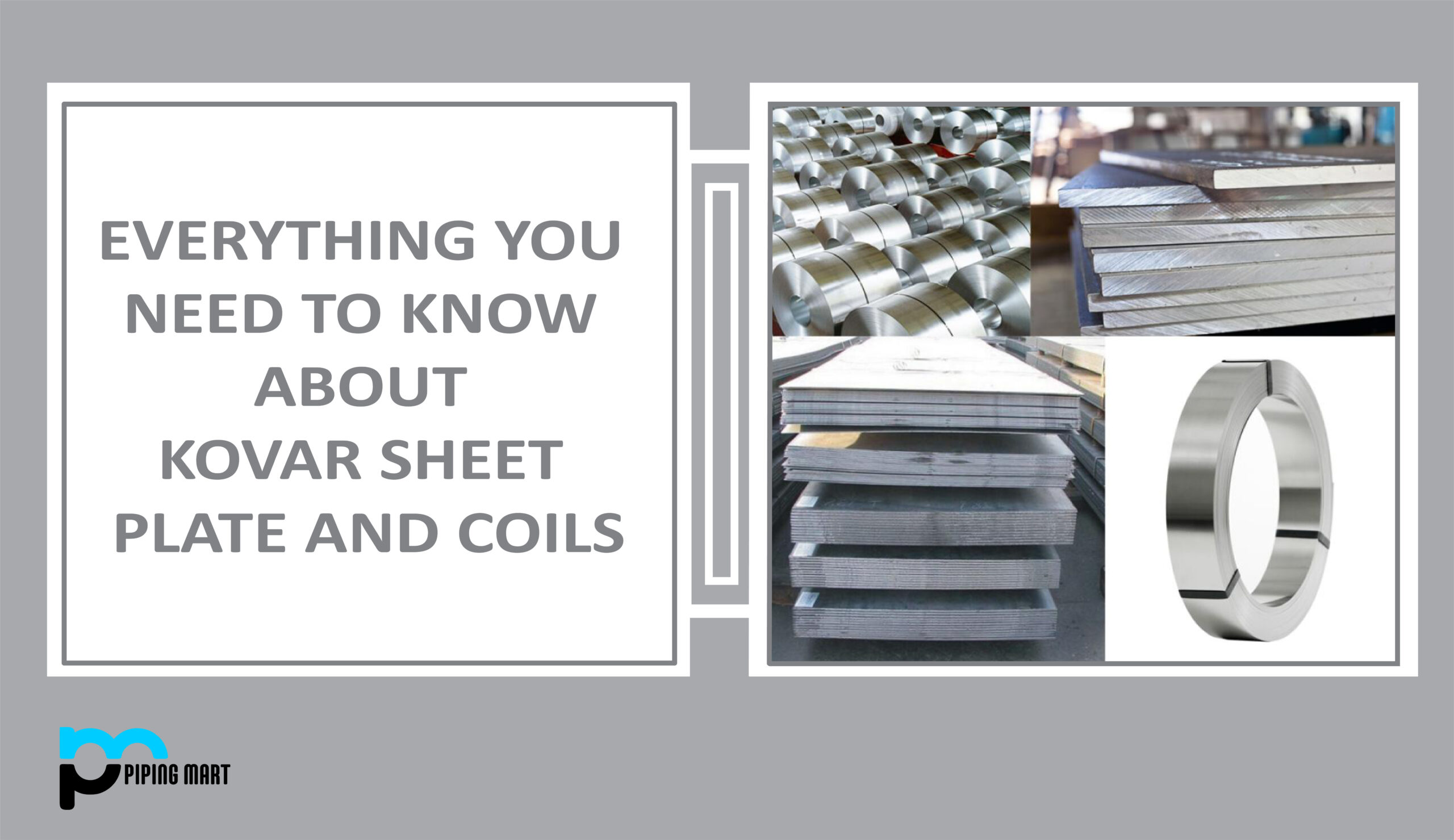Pipe coatings are applied to preserve the metal from acidic environments. For such conditions, 3LPE coating is the most common type of coating. There are many types of coating, lining, and cladding that are protecting the internal and outer surface of Pipes. The internal lining shields the pipe from destructive fluids. In cladding, the pipe has a coating on the inner surface, which is done by higher grade materials to enhance the resistance ability of the pipe.
Pipe Coating
The coating helps to protect Pipes from corrosion, abrasion, and also from all mechanical stress. Pipe coating can be done by using metallic as well as for non-metallic materials on the surface of the pipe. It can be applied on Seamless or Welded types of Pipes.
There are many suitable materials to use for the coating of Pipes. The most common materials which are used widely in pipe coating are such as bituminous coatings, resins, paints, waxes, oils, varnishes, lacquers, plasticizers, Greases, Plastics such as polyurethane, Rilsan, polyethylene, PTFE, and PVC, Elastomers, Vitreous enamel, and Cement mortar. In organometallic pipe coating, paints are pigmented with different types of metals such as aluminum, zinc, lead, stainless steel in powder form.
Phosphating, phosphating, Black finishing, Chromatin, and browning are used for Coating Pipes which make them durable. 3 layers of Polypropylene (3LPP) and 3 layer polyethylene (3LPE) are perfectly suitable materials for coating Pipes which are available at low cost. This type of coating makes Pipes more rigid, durable, and also able to offer excellent resistance against corrosion.
Pipe Lining
Lined Pipes are durable and perfect to use for complex industrial applications. These pipes are implemented with an enclosed protective material, which is mechanically injected into the tubular segment. During completion of the production process, the lining substance is implemented into the pipe. The internal lining material has its thickness which reduces the bore size of the pipe. For the process of Lining the Pipes, there are many suitable materials such as ptfe lined carbon steel pipe, Cement mortar, Liquid epoxy, Glass, Fusion bonded epoxy (FBE), Polyethene, Bituminous asphalt, and Zinc.
Pipe Cladding
Pipe cladding is applied to improve the durability and corrosion resistance of a pipe. This makes these Pipes widely used in all industrial sectors. But added pipes are more costly as compared to lined pipes because it requires supreme metals only. The cladding process enhanced the durability and toughness of a carbon steel pipe by corrosion resistance quality as compare to stainless, duplex, and high nickel alloys like Incoloy, Inconel, etc.). Clad pipes are known as CRA, which means corrosion-resistant alloy. The cladding process is done in the inner part of the pipe, which includes a layer of higher-grade material on the layer of the lower-grade base material.
Clad pipes are perfect to use for the application of fluids that immediately deteriorate carbon-manganese steels. The bonding among higher grade and lower grade materials is metallurgical, which is done by welding these two materials together. It can also be achieved by the explosion technique which combines it well.

Pipingmart is B2B portal specializes in industrial, metal and piping products. Also, share latest information and news related to products, materials and different types grades to help business dealing in this industry.




